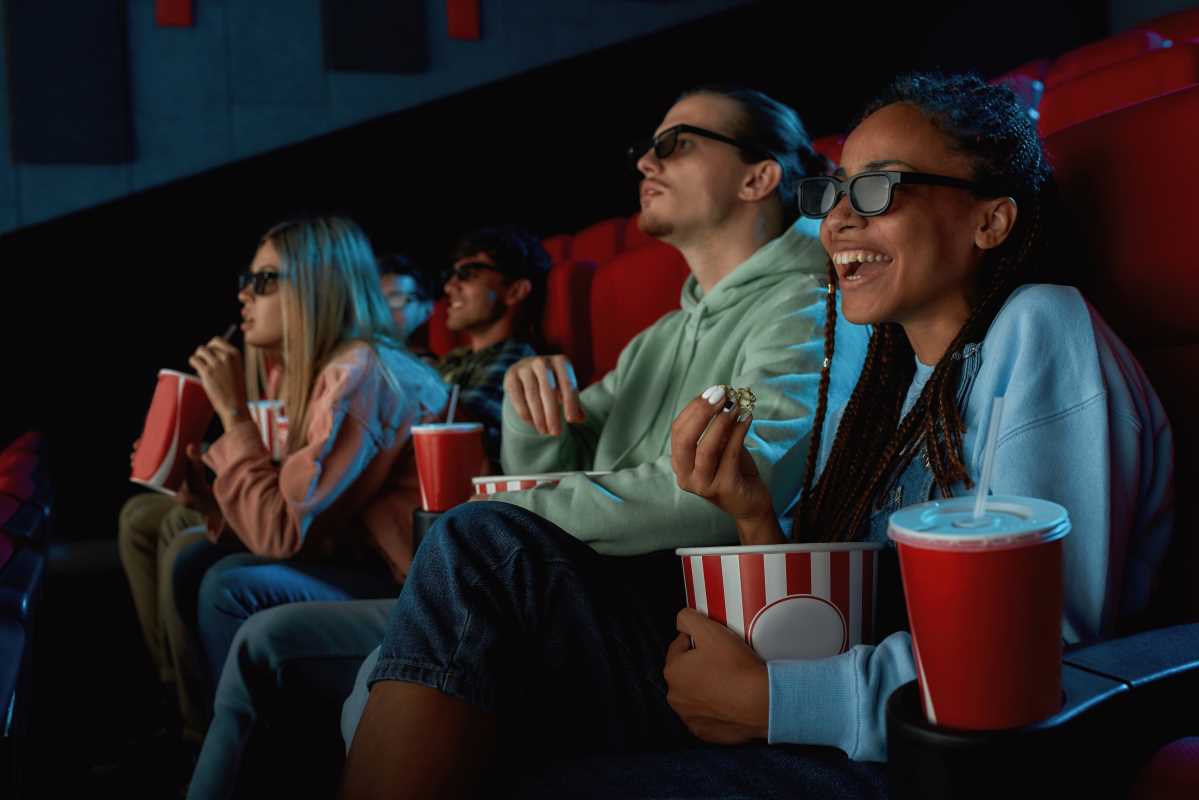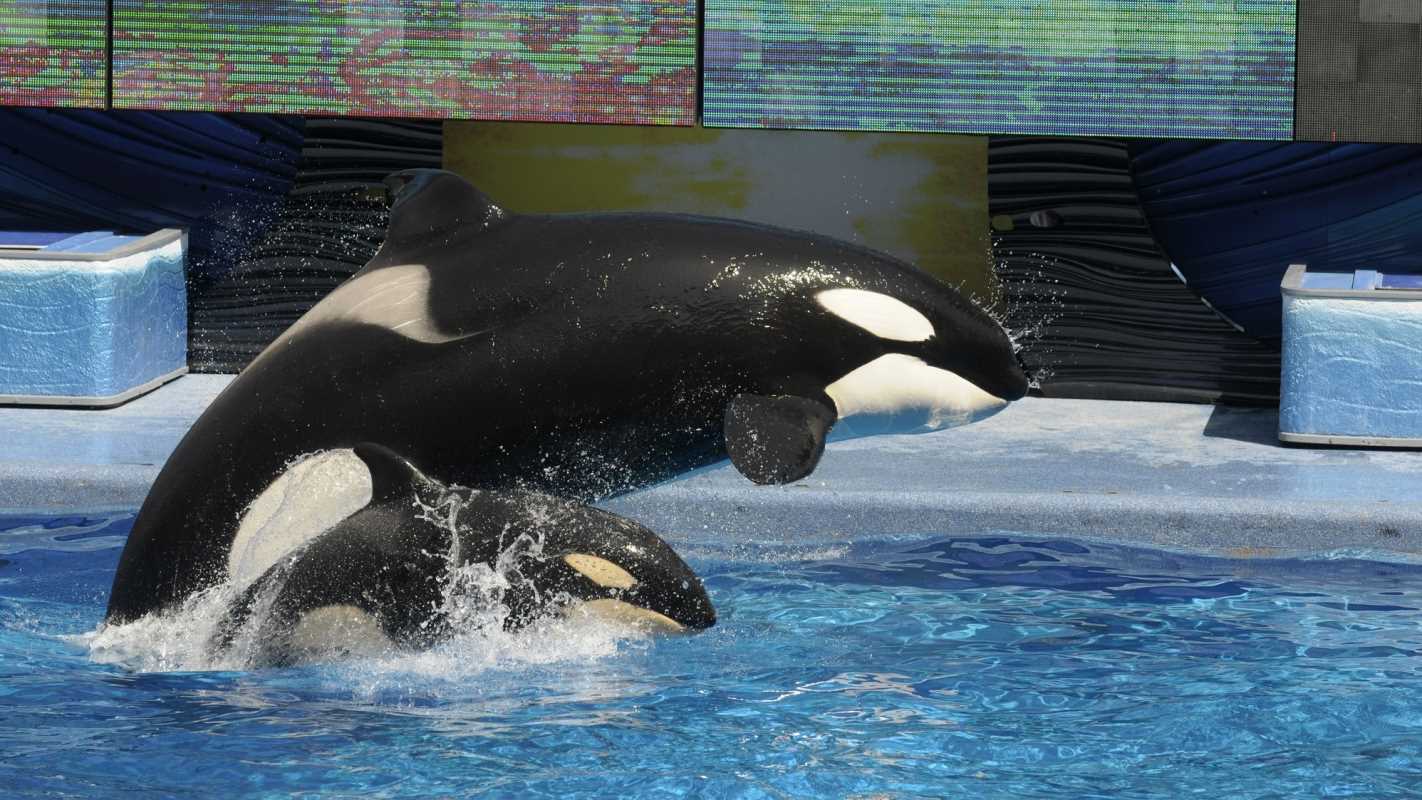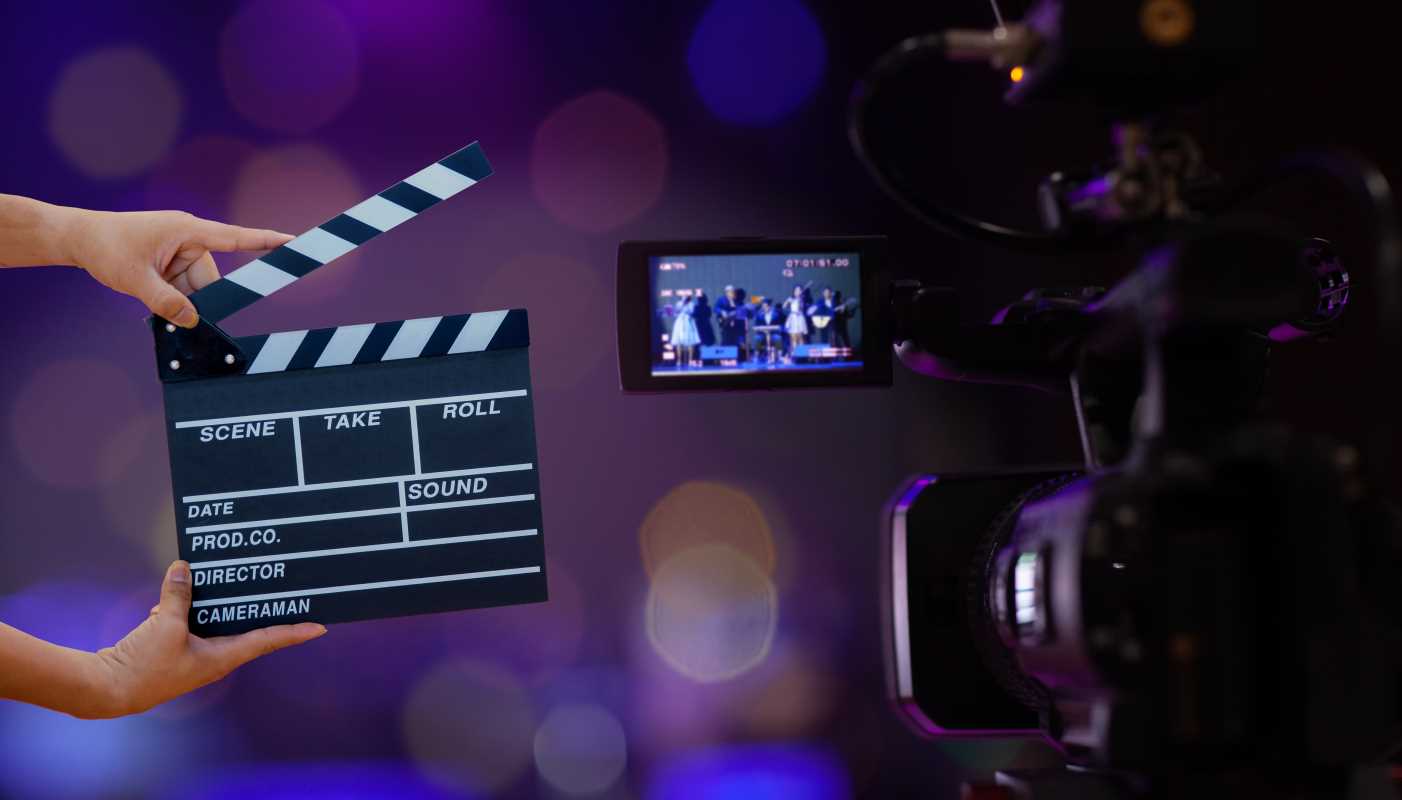Lights, camera, action! Behind the glitz and glamour of Hollywood lies a myriad of essential roles that bring your favorite movies to life. From the director to the wardrobe stylist, each professional plays a crucial part in the filmmaking process. Let's dive into the world behind the scenes of your beloved movies.
Director:
At the helm of every film stands the director, the creative force responsible for turning a script into a visual and emotional experience that resonates with audiences. More than just managing the set, the director shapes every aspect of a film, from casting choices to shot composition, pacing, and tone. Directors are often considered the “auteurs” of cinema, imprinting their unique styles and perspectives onto each project, which gives films a cohesive vision and distinctive feel. Working closely with actors, the director guides performances, helping them find depth and authenticity in their roles, while also collaborating with departments like cinematography, costume design, and editing to ensure that each element supports the story’s themes and mood.
One of the most legendary directors, Steven Spielberg, exemplifies the impact a director can have. Known for iconic films such as Jurassic Park, E.T. the Extra-Terrestrial, Schindler’s List, and Jaws, Spielberg started experimenting with filmmaking as a teenager, crafting short films with his family’s camera. By the age of 21, he had signed a contract with Universal, paving the way for a career that would redefine modern cinema. Spielberg’s work is celebrated for its pioneering visual effects, unforgettable characters, and heartwarming, adventurous spirit, demonstrating how a director’s vision can turn a story into a cultural phenomenon.
Cinematographer:
The cinematographer, also known as the director of photography, is the person behind the lens. They work closely with the director to capture the right angles, lighting, and mood for each scene. Fun fact: Roger Deakins, a renowned cinematographer, has won multiple Academy Awards for his work on films like "Blade Runner 2049" and "1917."
Costume Designer:
Ever wonder how your favorite characters look so stylish on screen? Enter the costume designer. From period pieces to futuristic sci-fi, these talented individuals create wardrobes that not only fit the characters but also enhance the storytelling. Did you know that Colleen Atwood, a celebrated costume designer, has won four Academy Awards for her work on films like "Chicago" and "Alice in Wonderland"?
Production Designer:
The production designer is responsible for the overall look and feel of the film. From elaborate sets to intricate details, they work closely with the director to create the visual world of the movie. Fun fact: Dennis Gassner, a seasoned production designer, has worked on films like "Blade Runner 2049" and "Skyfall," bringing stunning visuals to the screen.
Editor:
Once filming wraps, the task of transforming raw footage into a cohesive, compelling story falls to the editor. Working meticulously through hours of footage, editors shape the narrative, setting the film’s pace and enhancing the emotional impact of each scene. Editing is much more than arranging clips in sequence; it involves carefully selecting the best takes, refining performances, and creating rhythm within scenes that drive the film forward. The editor often collaborates closely with the director, discussing their vision for the story and finding ways to convey complex themes, emotions, and narrative arcs through visual and auditory elements. Together, they determine which shots make the cut and which are left behind, ensuring the final product aligns with the director’s vision.
A prime example of the editor’s impact is Thelma Schoonmaker, Martin Scorsese’s longtime editor and collaborator. Known for her work on films like Raging Bull, The Departed, and Hugo, Schoonmaker’s skill in pacing and tension has garnered her multiple Academy Awards and accolades. Her work on The Departed earned particular praise for maintaining suspense and energy throughout complex plot twists. Schoonmaker’s editing style brings Scorsese’s vision to life, showcasing how a talented editor can shape storytelling, transform performances, and leave an indelible mark on the cinematic experience.
Sound Designer:
Last but certainly not least, the sound designer is responsible for creating the auditory world of the film. From dialogue to sound effects to music, they craft the audio experience that immerses viewers into the story. Fun fact: Ben Burtt, known for his work on the "Star Wars" franchise, pioneered innovative sound design techniques that revolutionized the industry.
Next time you watch your favorite movie, take a moment to appreciate the talented individuals behind the scenes who make the magic happen. From the director's vision to the editor's meticulous cuts, every role plays an essential part in creating the cinematic experience we all know and love.






